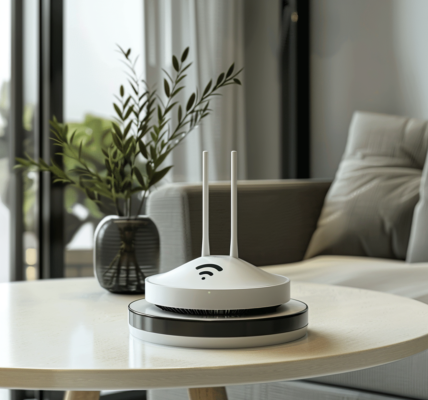In the world of messaging apps, Telegram has been known for its innovative features, such as secret chats and self-destructing messages. However, the latest updates from Telegram seem to be taking inspiration from its counterpart, WhatsApp. The messaging platform has introduced features that closely resemble WhatsApp’s, particularly in the realm of voice and video notes that can be viewed only once.
Telegram recently unveiled three new features related to its audio and short video recorder, enhancing the user experience and expanding the functionality of its messaging platform. These features allow users to record content, be it audio or video, in multiple takes and share it with recipients, ensuring that the content can only be accessed once.
The first notable improvement is the capability to record audio or video notes in multiple takes, a functionality introduced in WhatsApp relatively recently. This feature is accessible when recording in hands-free mode, where users can lock the recording with a designated icon. Activating the lock icon enables the floating pause button, allowing users to pause and resume recording by pressing the microphone icon.
Additionally, hands-free mode enables users to make the recipient listen to the audio only once. By pressing a designated button, similar to WhatsApp’s functionality, users can restrict access to the audio note. This button also appears when recording a video note, providing a consistent user experience across different types of media.
While Telegram’s implementation of these features closely mirrors WhatsApp, there are notable differences, especially in the sophistication of ephemeral video notes within the chat. For instance, the player in Telegram displays a fuse that shortens as the playback progresses, emphasizing the ephemeral nature of the content. Once the user opens the video note and exits the player, the message is automatically deleted.
One key distinction between Telegram and WhatsApp is the sender’s ability to revisit ephemeral messages. In WhatsApp, senders do not have the option to access the ephemeral content once it has been sent, while in Telegram, senders can still access the content even after it has been viewed by the recipient.





